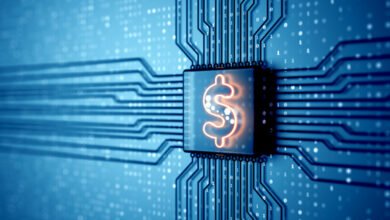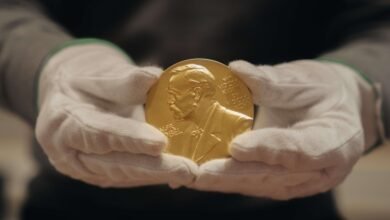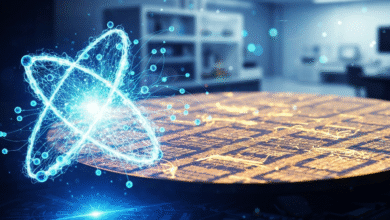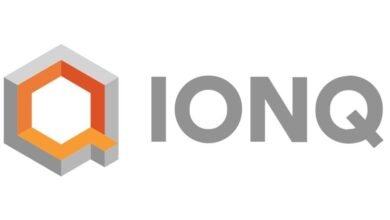Microwave Ion Control Unlocks Quantum Computing
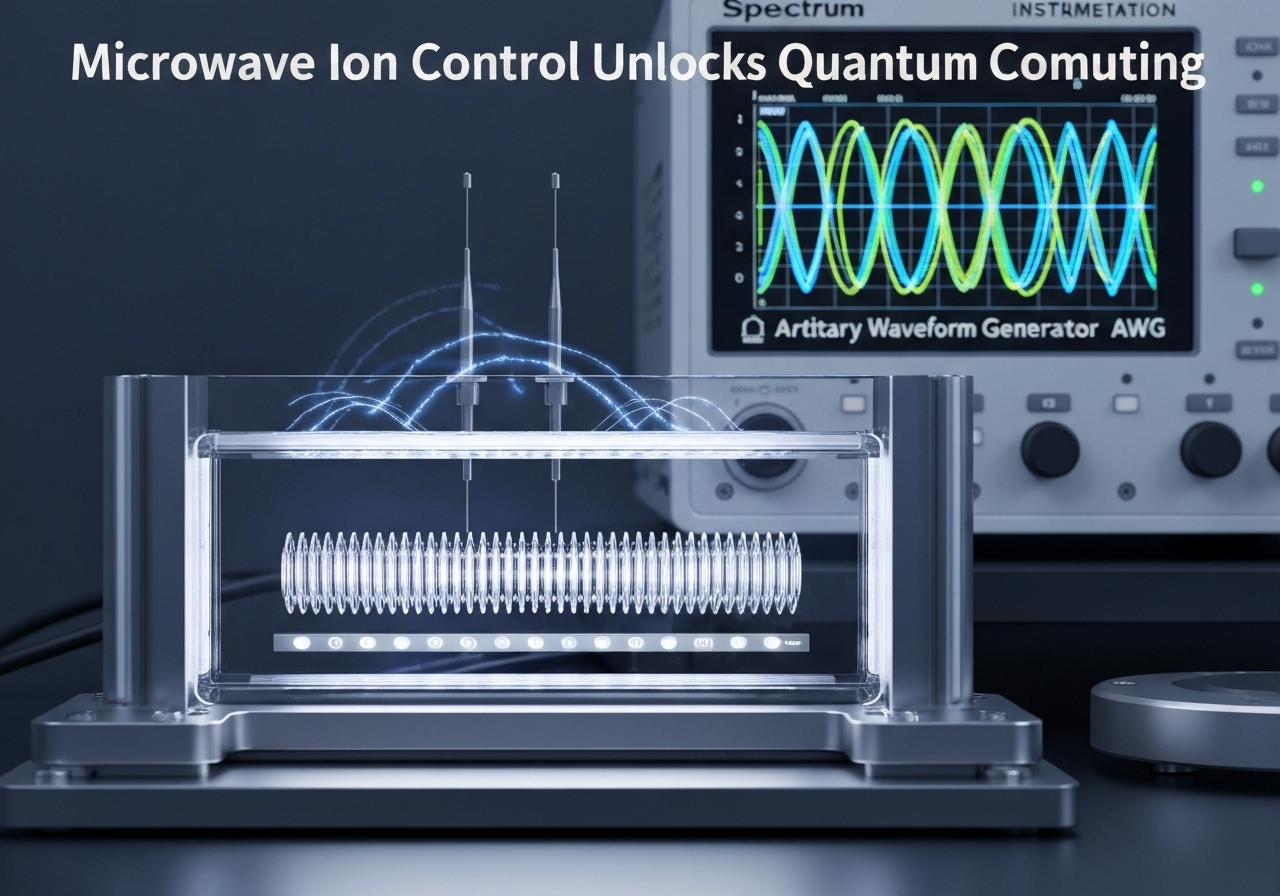
▼ Summary
– eleQtron’s quantum computers use microwave radiation instead of lasers to control trapped ion qubits, simplifying design and reducing power consumption.
– The MAGIC quantum processor technology enables individual qubit manipulation with microwaves, requiring only one-fifth the power of laser-based systems.
– Spectrum Instrumentation’s Arbitrary Waveform Generators with DDS technology generate multi-tone signals to precisely control up to 20 qubits simultaneously.
– The system creates Ytterbium ion strings in a vacuum using magnetic and electric fields to form Paul traps, with microwaves addressing ions via frequency modulation.
– Spectrum’s M4i.66xx-series AWG cards provide high-speed, multi-channel signal generation with rapid reprogramming capabilities essential for complex quantum operations.
A significant leap in quantum computing technology is emerging from Germany, where the startup eleQtron has pioneered a novel approach to controlling trapped ion qubits. Instead of relying on complex laser systems, their quantum computers utilize microwave radiation, resulting in a dramatically simpler design with far lower cooling and power demands. This breakthrough is made possible through the use of Arbitrary Waveform Generators (AWG) from Spectrum Instrumentation, which employ advanced Direct Digital Synthesis (DDS) technology capable of generating up to 20 distinct sine wave carriers per output channel to execute intricate quantum operations.
Originating as a spin-off from the University of Siegen, eleQtron has successfully delivered a quantum computer built around its proprietary MAGIC (MAgnetic Gradient Induced Coupling) quantum processors. The defining feature of the MAGIC architecture is its use of microwave radiation for qubit control and manipulation, a fundamental departure from the conventional laser-based methods that dominate the field.
The process begins with laser ablation performed within a high-vacuum environment to produce a linear chain of Ytterbium ions (171Yb+). This technique can assemble a single register containing up to 30 ions, with each ion serving as an individual qubit. A critical component for running quantum algorithms is the creation of a Paul trap, or quadrupole ion trap, which is achieved using a combination of magnetic and oscillating electric fields. While many competing designs employ precisely tuned lasers at this stage to manipulate the qubits and prepare them for quantum gate operations, these laser systems demand extreme targeting accuracy for each ion and consume substantial amounts of power.
In contrast, the microwave-based control system developed by eleQtron is technically less complex and operates on approximately one-fifth of the power. The setup combines a high-frequency oscillator source with the output from Spectrum’s DDS card using a single sideband (SSB) mixer, producing a signal centered around 12.64 GHz. Leveraging the Zeeman effect induced by the magnetic field, each individual ion can be selectively addressed by modulating the signal in small increments of 3 to 5 MHz. This method ensures very low crosstalk between qubits and integrates seamlessly with chip-based ion trap technologies. The multi-tone signals required for this precise individual qubit control are generated by the DDS card.
The eleQtron research team turned to Spectrum Instrumentation after encountering the performance limitations of their existing AWG hardware. To correctly control each qubit, the generated signals must be meticulously adjusted in amplitude, phase offset, pulse length, and frequency. These adjustments are essential for achieving the target Rabi frequency, which governs the speed of quantum operations. Such demanding specifications place a heavy burden on the capabilities of the Arbitrary Waveform Generator.
eleQtron was recommended Spectrum’s M4i.66xx-series of 16-bit AWGs, a product line well-regarded within the global quantum research community. These PCIe cards are available with one, two, or four fully synchronous channels, offering output rates of up to 1.25 GS/s. They are equipped with substantial onboard memory that can be segmented to store and replay a variety of different waveforms. Utilizing Spectrum’s optimized drivers, the cards achieve impressive data transfer rates of 2.8 GB/s, and up to eight cards can be synchronized for larger systems. With the optional DDS firmware, each output channel can generate up to 20 independent sine wave cores. Each of these DDS cores can be individually programmed for parameters like frequency, amplitude, phase, frequency slope, and amplitude slope with just a few simple commands. This allows for ultrafast modifications to the sine waves with a resolution of 6.4 nanoseconds. This capability is crucial for addressing a greater number of qubits and provides the design flexibility needed to construct more complex quantum circuits. For the eleQtron team, the DDS solution was the pivotal element that made their concept viable. They also highlighted the exceptional support received from Spectrum, praising both the quality of the technical documentation and the rapid, direct responses from the design engineers.
![Image of a Spectrum Instrumentation AWG card]
Founded in 1989, Spectrum Instrumentation employs a unique modular design philosophy to create a broad portfolio of more than 200 different digitizer and generator products. These are available as PC-cards in both PCIe and PXIe formats, as well as standalone Ethernet-based LXI units. Over its 35-year history, the company has established a worldwide customer base that includes many leading industrial corporations and virtually all prestigious academic institutions. Headquartered in Germany near Hamburg, Spectrum is renowned for its industry-leading 5-year warranty and the outstanding, direct technical support provided by its engineering team.
(Source: ITWire Australia)

